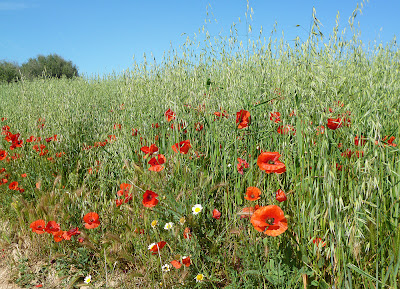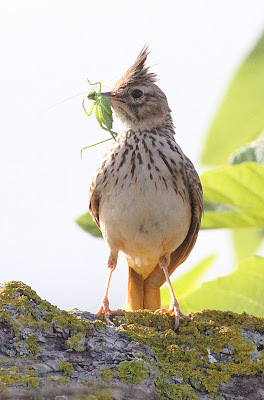Looks like everyone will have to wait for another day to see Hoopoe pictures, as by all accounts one or two people would quite like to see pictures of today’s Montagu’s Harrier. But first the story.
After lunch I’d gone to Lane Ends hoping for Wheatears and a chance of catching and ringing one or two. Wheatears are definitely late this year with parties of 8 to 10 or even more still being seen at coastal and inland locations. There were none obvious at Lane Ends but up at Pilling Water at least 6 birds were scattered across the marsh and several more in the fields just inland, with a total of 12. The later season “Greenland” Wheatears seem to feed more in open fields than earlier in the spring Wheatears, the latter much likely to spend time loafing about the rocks and stones along the shore. It’s probably something to do with the eventual destinations and the differing habitats they utilise in those locations.
I caught one, a second year female with a wing length of 101mm, quite a large but not enormous specimen. All the others stayed out in fields or out on the salt marsh so I didn’t catch any more.
Wheatear
Wheatear
Wheatear
As I crouched down resetting a spring trap the alarm calls of waders made me look up and around to see a male Montagu’s Harrier being harried by a couple of Oystercatchers. The harrier was flying north and west, and quickly out of range but I grabbed the camera from my bag and fired off a few rapid shots hoping the setting was ok from previous use. The harrier disappeared out of sight very quickly, so apologies for the heavily cropped and distant record shots but they show the interesting size comparison between the harrier and Oystercatchers.
Montagu's Harrier & Oystercatcher
Montagu's Harrier
Very little else in the notebook today: 2 Blackcap, 2 Willow Warbler, 4 Linnet, 4 House Sparrow, 12 Skylark, 1 Pied Wagtail, 18 Lapwing and 6 Redshank.
Monty’s are pretty rare in the Fylde, but I wish I’d caught more than a single Wheatear today.
Hoopoes tomorrow unless something unexpected intervenes.







































.JPG)




.JPG)







.jpg)











